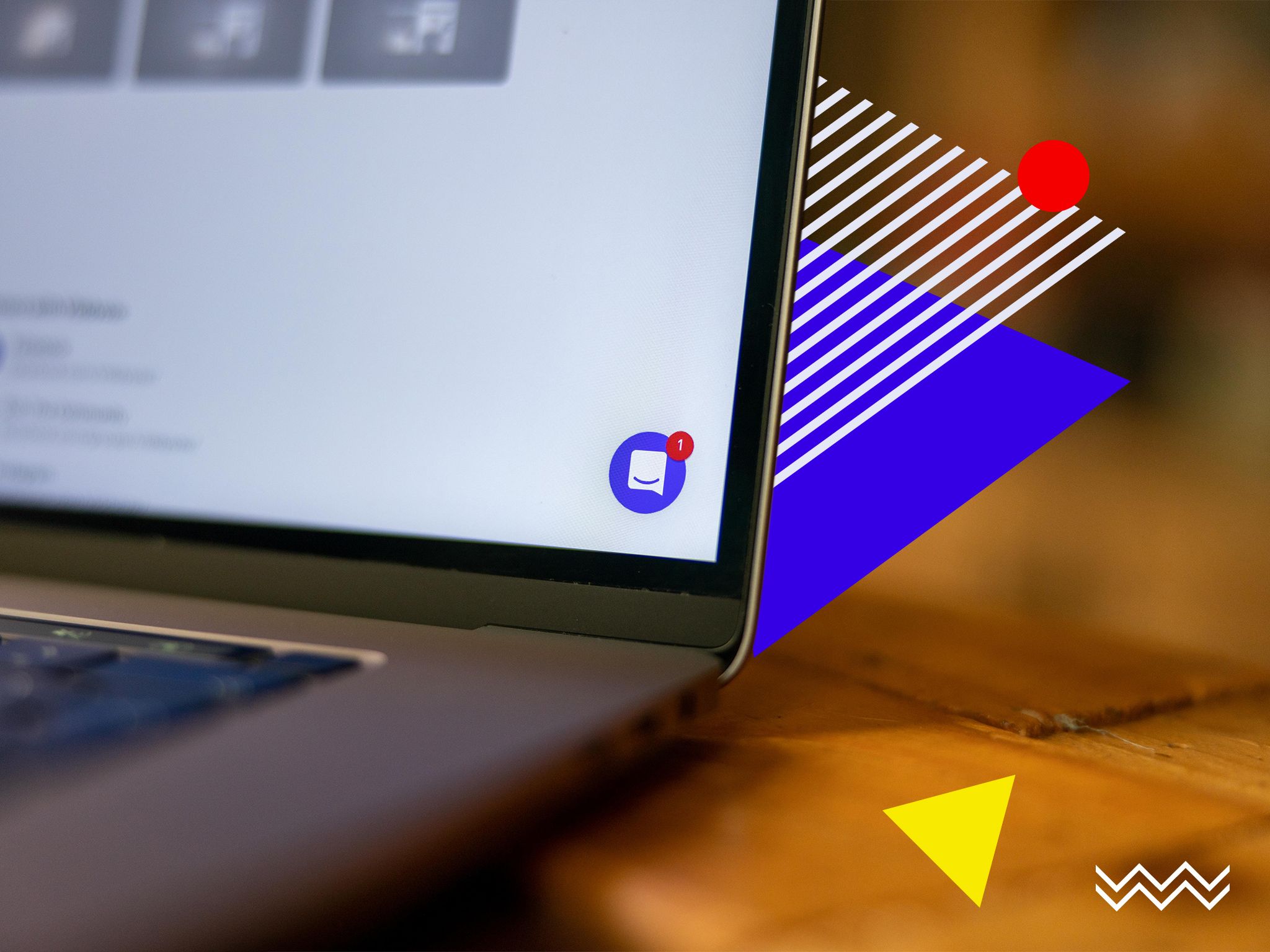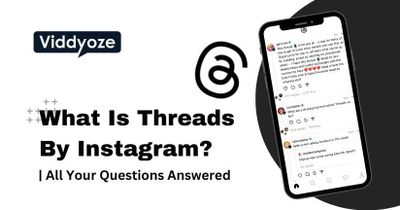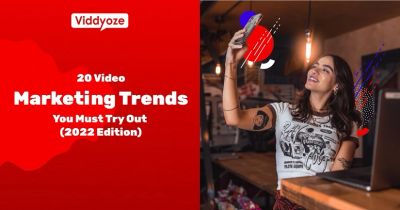No matter how good your website is, how much time you invest in the customer journey, or how excellent your video ads are, at one time or another, something, somewhere, is going to break.
Think of all the millions of things that make a website work. So many moving parts. So many potential gremlins lurking in the back end. Throw in Facebook, Google and the many other platforms that digital businesses rely on, and you’ve got a lot of potential fiascos waiting to happen.
The best thing you can do as a digital business is accept this inevitable, annoying fact of life and get on with it. It’s just the way things go sometimes – just ask Spotify.
Ultimately, the important thing is how quickly you react, from identifying an issue to fixing it. In the last 15 or so months, we’ve had our fair share of problems. But we’ve been able to deal with them, not because we expected them, or saw them coming, but because we had the processes in place to deal with them.
Here’s what we learned.
Acting Fast
Tech issues will happen regardless of scale. Nothing ever has a 100% uptime. The challenge is to keep on top of things, make decisions quickly and stick to them.
The checkout is a good example. We’ve seen ours go down plenty of times in the past, for one reason or another. Sometimes, it’s not a major issue. But if you’re in the process of funneling $50k a day into your paid ads, as we were in spring 2020, missed opportunities can really add up.
So, when we started to scale, we set up an alert system to keep a real-time eye on sales. Every time we sold something a notification would come through. By the time we’d really ramped up our spend, we were getting a couple of notifications every minute.
Any longer, and we knew to look into things – to see if there was an issue. If there was, we could act quickly, either pulling back ad spend, or waiting to see if it was a natural slump in sales.
The Importance Of Customer Support
The biggest issue we’ve ever had was with our customer support. You can read about that one in more detail here, but, in short, a few years ago, new customers weren’t receiving their login details, which led to our small (at the time) customer support team becoming overwhelmed.
Issues can arise outside of your control
So, the moral for anyone thinking of scaling their ad spend is to have a customer service team in place to deal with any big issues. We were able to recruit and train a team remarkably quickly, but if we hadn’t, the issue could have spiraled out of control completely.
We learned that one the hard way – it took a lot of work, time and money to recover. Don’t let the same thing happen to you.
Thing Can Go Wrong At Any Time (And It Might Not Even Be Something You’ve Done)
Problems are ongoing, you see. And that’s just a matter of fact, the way it goes. For example, not long ago, we stumbled upon one that involved our upsell chain.
For context, once a customer purchases Viddyoze, they enter into an upsell funnel (further down the line). It’s pretty standard marketing practice, and it works very well for us. However, at some point, this stopped happening, affecting our long-term sales strategy.
We won’t bore you with the details, but we weren’t at fault. The issue originated elsewhere.
It was fixed, but here’s the thing that you need to note: issues can arise outside of your control. For instance, email browsers can change their security settings. Apple can update its privacy policy. The payment platform you use could tweak something innocuous. These issues, completely innocent, can inadvertently affect your flow.
Small Problems Quickly Become Big Problems At Scale
Another one we learned the hard way.
Our biggest market since day one has been the US. So, we’ve ended up selling in dollars. At the same time, we’re a UK-based company and pay most of our staff in pounds. Obviously, we have to convert one to the other on a regular basis. Usually, that’s not a massive issue. But at scale, it did become something of a monster.
At the time we didn’t have the banking infrastructure in place to convert our funds efficiently. On top of that, our ad spend is all in dollars. That meant we were converting our cash back into dollars in order to keep up our ad spend. These payments happen quite a lot (Facebook bills every few thousand you spend), each one accompanied by a hefty conversion fee.
Let’s just put it this way, at one point we were spending about a significant amount of profit on transaction fees. Yikes indeed. But again, when faced with this challenge, we responded quickly and accordingly. Needless to say, we no longer hand over an inordinate amount.
Mo’ Money Mo’ Problems
Whether you’re scaling up your ad spend, or going double platinum on your debut rap album, more money inevitably brings more problems.
Hopefully, the positives far outweigh the challenges you face. They did for us, by a long way. But that was only because we had the right people in place to fix things as they broke. Invest in a good team, and the rest will take care of itself.
Final, Final Takeaway
And there you have it. That was the final article in our paid ad series. Everything we did, learned, broke, fixed and spent over a remarkable period in our history. It’s been one hell of a ride. Getting it all down on ‘paper’ as we have done with this series has only made it seem more insane (and in a good way).
If you’d have told us back in January 2020 that we’d end up spending $1 million dollars on our paid ads over a 30-day period, we’d have called you crazy. But we did it. Crazy times, crazy numbers.
Pandemic or not, the stuff we learned was all pretty much best practice
Hopefully, you’ve found our trials and tribulations useful. We decided to put all this down not because we wanted to toot our own horn, but because we thought it might be beneficial to others.
Pandemic or not, the stuff we learned was all pretty much best practice: invest in people, look after your customers, get to know your audience, and be meticulous in tracking your data. These things were all true before Covid-19, and they will be after, when we eventually overcome it.
Maybe our mistakes, and the lessons we learned from them, will help you avoid a few headaches somewhere down the line. We hope they do. And we hope you find this series useful.
One last thing before we wrap up, if you’re looking to start your own video ads campaign, Viddyoze is the perfect tool to create vibrant creative which gets excited about your brand and products. Learn more about creating video ads here.
This article is part of our What We Learnt Spending $1 Million On Paid Ads Over 30 Days series. Check out the rest below:
-
-
- There Will Always Be Buyers (Even In A Pandemic)
- How To Build An Awesome Landing Page That Converts
- How To Make a Facebook Video Advert That Actually Converts
- When It Comes To Paid Ads: Test, Test, Test
- Scaling Up: When Things Are Working, They’re Working For A Reason
- Building, Maintaining And Protecting You Brand Online
- The Importance Of Being Everywhere: Our Cross-Platform Ad Strategy
- Paid Advertising: Know Your Numbers
- Video Ads: Accept Things Will Break
- Bonus Video: Marketing Video Production: How To Create Stunning Videos
-



